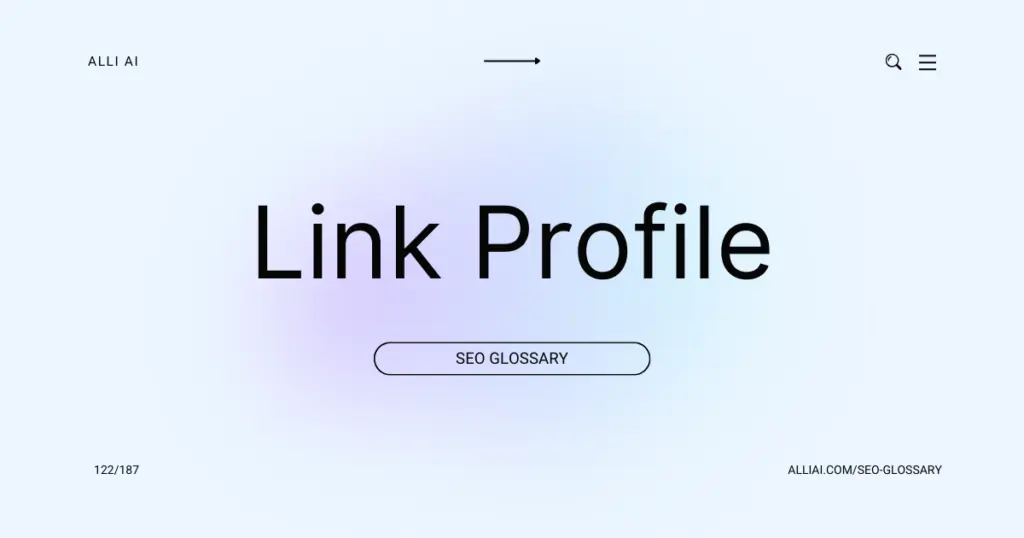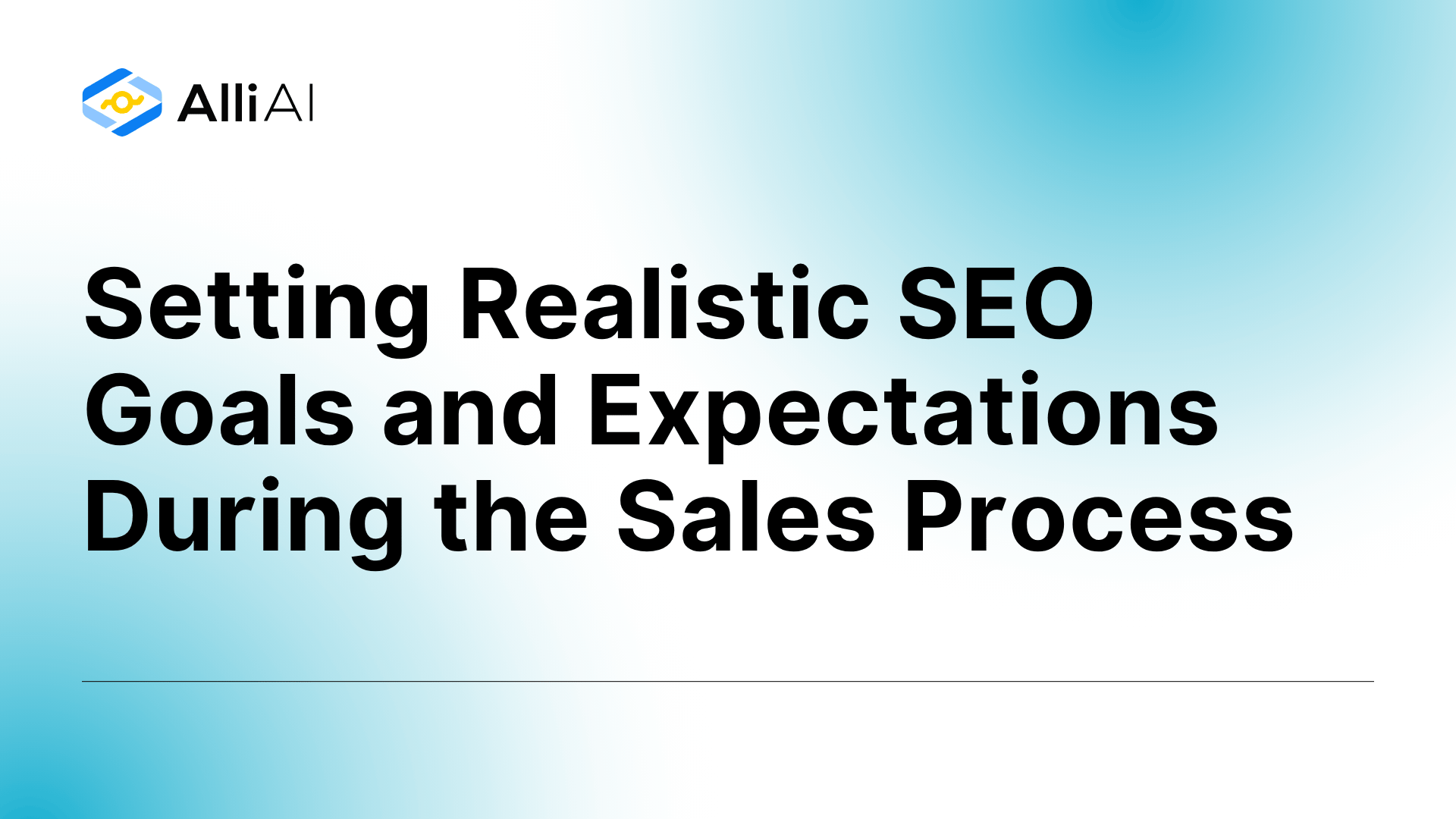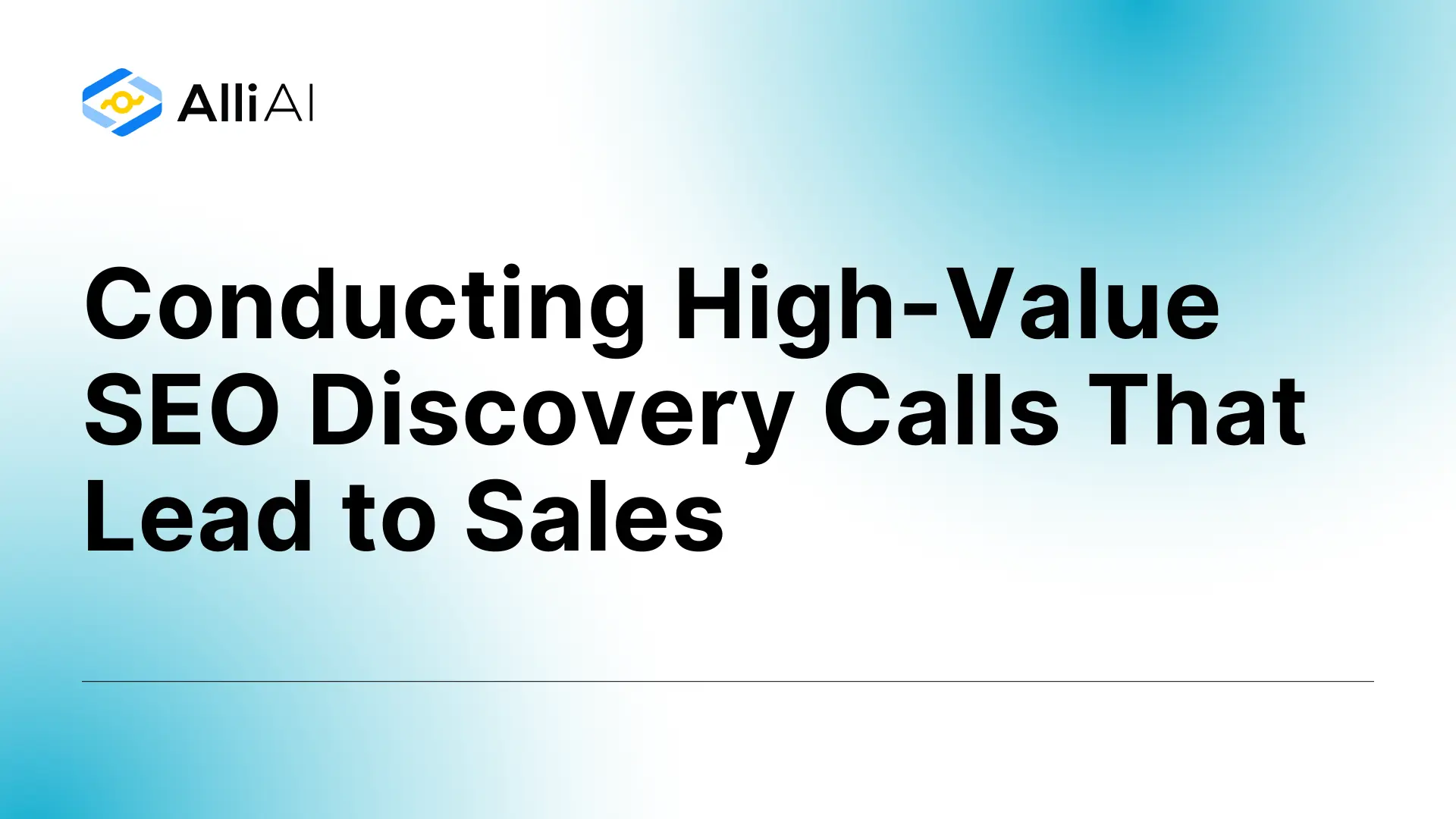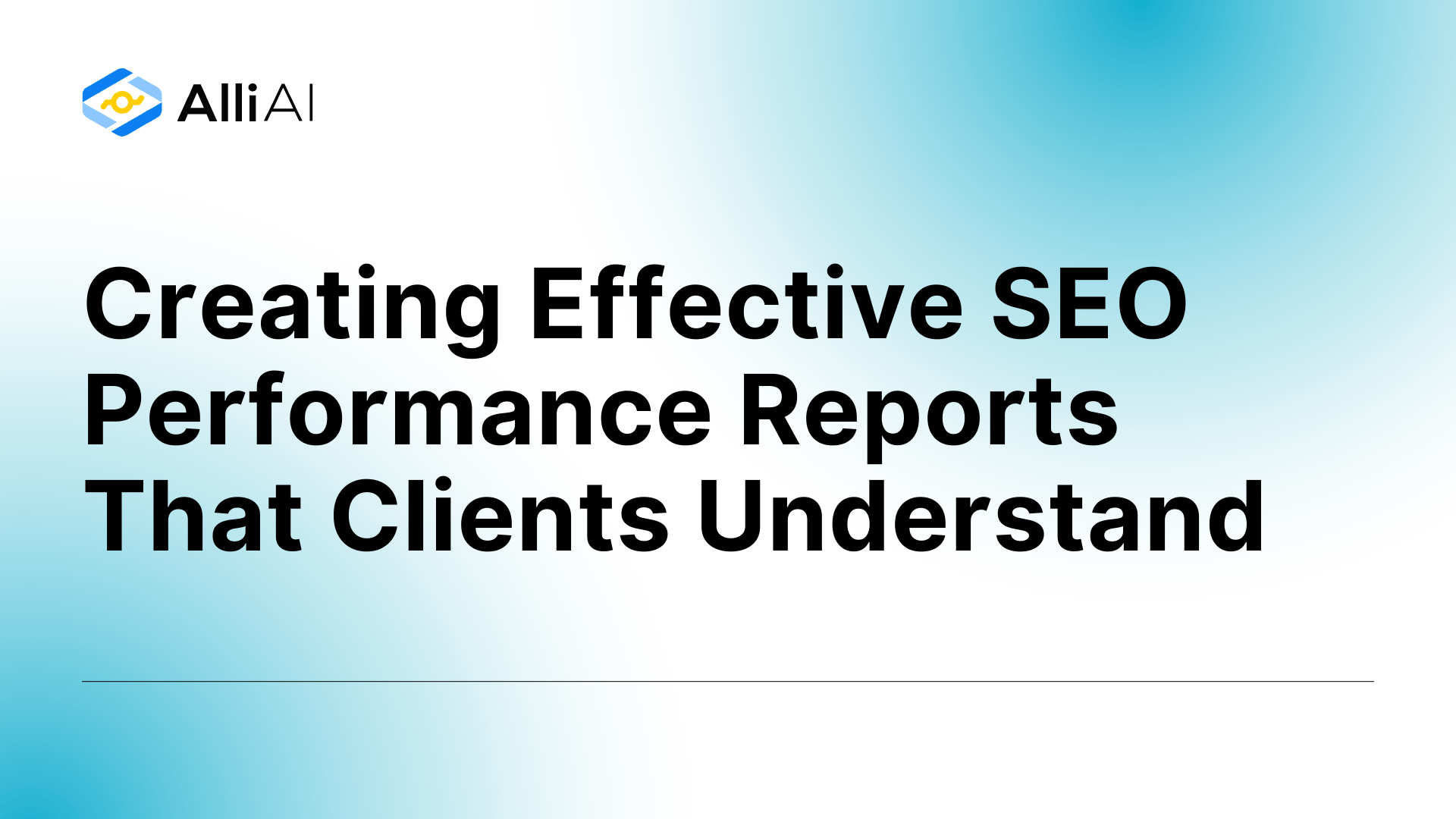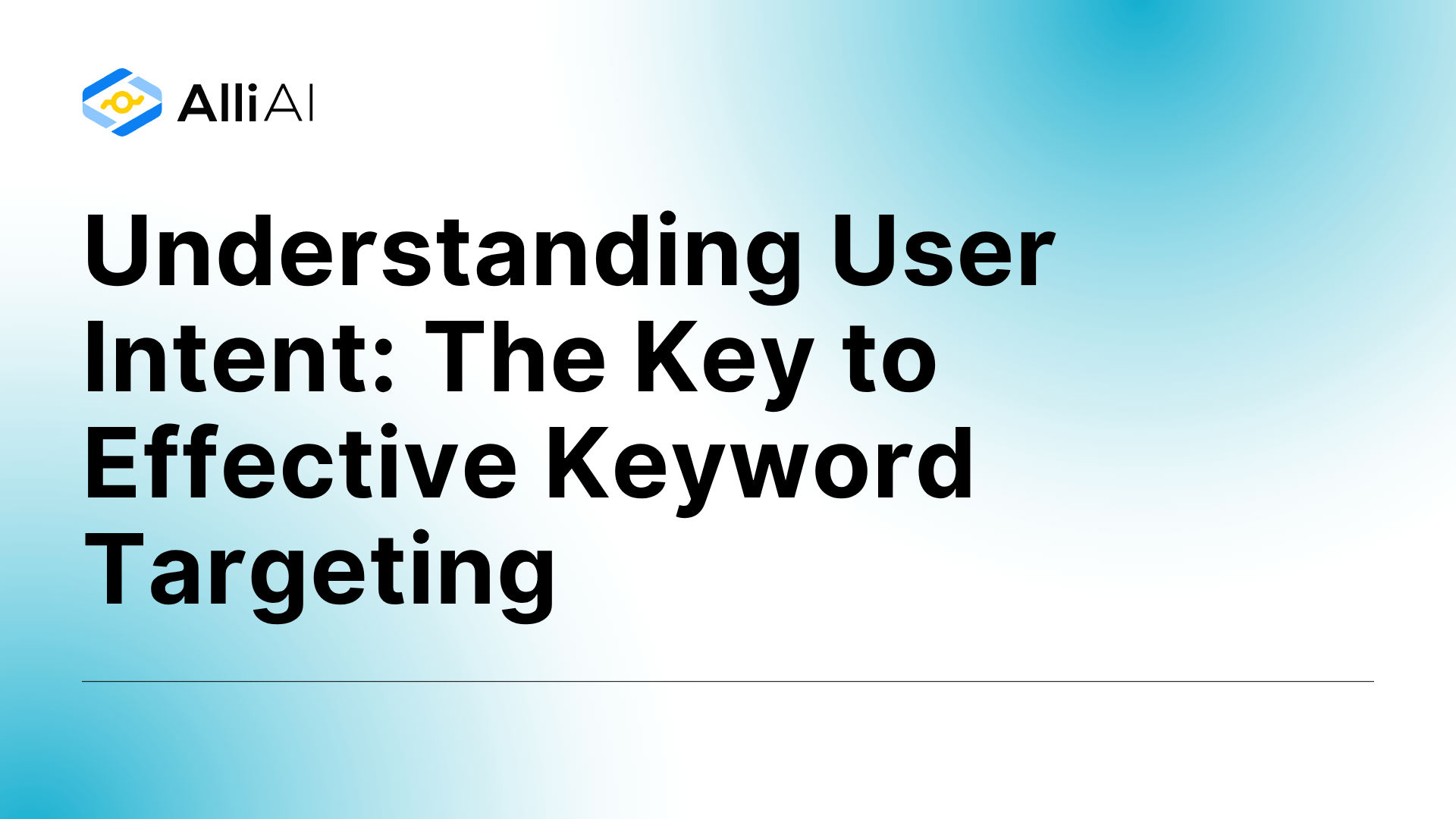What Does Link Profile Mean?
A link profile, in SEO terms, is the overall makeup of all the inbound links that lead to a website. It includes the number and quality of links, the diversity of sources, and the relevancy of the links connected to the website. A strong link profile helps improve a website’s search engine rankings and visibility.
Where Does Link Profile Fit Into The Broader SEO Landscape?
Link profile is crucial in the broader SEO landscape as it impacts both site authority and search rankings. Search engines like Google use links as signals to determine the relevance and trustworthiness of a website. A strong link profile with links from diverse, reputable, and relevant sites enhances domain authority, which in turn, positively affects search engine rankings. It also influences the site’s trust score, as links from credible sources are seen as endorsements, thus improving the likelihood of higher rankings. Moreover, a robust link profile aids in increasing referral traffic and assists in wider content distribution, enhancing visibility. However, any manipulative linking practices can lead to penalties from search engines, necessitating careful management of incoming and outgoing links to maintain SEO health.
Real Life Analogies or Metaphors to Explain Link Profile
1. Link Profile as a Social Circle: Imagine your website’s link profile as your social circle. Each friend (link) comes with their own reputation and influence. The more reputable and trustworthy your friends are, the better your own reputation in the community.
2. Link Profile as a Library of Books: Think of a link profile as a library where every book (link) contributes to the library’s overall authority. Some books are rare and valuable, heavily influencing how authoritative the library is perceived. Others might be common and less valuable, adding little to the library’s prestige.
3. Link Profile as a Credit Score: Your website’s link profile is like your financial credit score. Each link is like a line of credit or a financial transaction. High-quality links from reputable sites are like payments made on time, improving your score, while low-quality links are like missed payments, damaging your credit.
4. Link Profile as a Garden: Consider your link profile as a garden, and each link is a plant within it. Some plants are healthy, strong, and add value to your garden, making it more beautiful and robust. Others might be weeds that could suffocate the healthy plants if not managed properly.
5. Link Profile as a City’s Road System: Your link profile can be viewed as the road system within a city. Highways (high-quality links) facilitate heavy traffic efficiently and boost connectivity, enhancing the city’s accessibility and reputation. However, poorly maintained or dead-end roads (low-quality links) can lead to congestion and decrease the overall functionality of the city.
How the Link Profile Functions or is Implemented?
1. Link Acquisition:
– Natural Links: Acquired without any specific action from the website owner.
– Outreach Links: Obtained by contacting blogs or websites to create backlinks.
– Self-Created Links: Created through commenting, directories, forums, etc.
2. Analysis of Link Source:
– Authority of Linking Domain: Importance or prestige of the domain linking to the site.
– Relevance of Linking Domain: How relevant is the linking domain’s content to your own website?
– Diversity of Link Sources: Wide range of domains linking to the website rather than multiple links from few sources.
3. Link Attributes:
– Follow vs No-Follow: Determines whether search engines should consider the link for ranking influence.
– Anchor Text: Visible, clickable text in a hyperlink. SEO best practices suggest it should be relevant to the linked page.
– Link Location on Page: Links within main content carry more weight than sidebar or footer links.
4. Link Profile Maintenance:
– Monitoring: Regular checks for broken links, or links from low-quality or irrelevant sites.
– Disavowing Links: Using Google’s disavow tool to reject harmful links which might affect the site’s ranking.
– Link Reclamation: Process of restoring lost links or fixing links pointing to incorrect or redirected URLs.
Impact Link Profile has on SEO
A website’s link profile, encompassing both the quantity and quality of inbound links (backlinks) from other websites, significantly impacts SEO performance by influencing search engine rankings. High-quality backlinks from authoritative and relevant domains enhance the website’s authority and credibility in the eyes of search engines, which can lead to higher rankings in search engine results pages (SERPs). Conversely, links from low-quality or spammy websites can negatively affect rankings. A diverse link profile, with links coming from various sources including websites, blogs, and social media, signals to search engines that the content is valuable and relevant, further boosting SEO efforts.
Furthermore, the anchor text used in links contributes to the relevance and context of inbound links, affecting how search engines interpret the content of the linking page. A natural link profile, with a mix of dofollow and nofollow links, helps in maintaining a balance that avoids penalties from search engines for seeming manipulative.
On the user experience side, a strong link profile can lead to increased trust and credibility among users. If authoritative sites link to the website, it often increases user confidence in the content’s quality and reliability, improving engagement rates. This can lead to longer visit durations, lower bounce rates, and higher conversion rates, indirectly impacting SEO performance through behavioral signals.
SEO Best Practices For Link Profile
1. Audit Current Link Profile:
– Use tools like Ahrefs, SEMrush, or Moz to analyze current backlinks.
– Identify and document the domains linking to your site, noting their authority, relevance, and trustworthiness.
2. Remove Toxic Links:
– Identify spammy or low-quality links from the audit.
– Request the removal of these links by contacting the webmaster of the linking site.
– Disavow persistent toxic links using Google’s Disavow Tool.
3. Competitor Backlink Analysis:
– Analyze the link profiles of top competitors using the same tools.
– Identify common sources of backlinks and patterns in their strategies.
4. Identify Opportunities for High-Quality Links:
– Based on the competitor analysis, pinpoint websites, blogs, and directories where obtaining a link could be beneficial.
– Look for industry-specific websites, forums, and influencers.
5. Create Link-worthy Content:
– Develop content that provides value, such as how-to guides, infographics, research findings, and expert opinions that are likely to attract backlinks.
– Ensure the content is optimized for relevant keywords and is of high quality.
6. Reach Out for Backlinks:
– Contact webmasters, bloggers, and industry influencers to introduce your content and request backlinks.
– Utilize guest blogging opportunities on relevant and authoritative sites.
– Participate in relevant forums and communities, providing useful input and linking back to your content where appropriate.
7. Use Social Media to Enhance Profile:
– Promote your content on social media platforms to increase visibility.
– Engage with users and influencers to encourage natural backlinking.
8. Monitor and Adapt Strategy:
– Regularly review your link profile and the progress of your link-building efforts.
– Adapt your strategy based on performance, shifting trends, and algorithm changes.
9. Report and Refine:
– Document all efforts and outcomes, assessing which strategies are most effective.
– Refine your approach continuously, focusing on tactics that yield the best results.
Common Mistakes To Avoid
1. Low-Quality Links: Avoid links from spammy, irrelevant, or low-authority websites as they can harm your site’s credibility and SEO performance.
2. Over-Optimized Anchor Text: Using the same keyword-rich anchor text across multiple links can appear manipulative to search engines, risking penalties. Vary your anchor text organically.
3. Rapid Link Acquisition: Gaining links too quickly can signal artificial growth to search engines. Focus on building links steadily over time.
4. Buying Links: Purchasing links can lead to severe penalties from search engines. Instead, invest in creating high-quality content that naturally attracts links.
5. Ignoring Nofollow Links: While nofollow links don’t pass PageRank, they can still provide valuable traffic and diversification to your link profile.
6. Focusing Only on Dofollow Links: Exclusively chasing dofollow links can make your link profile appear unnatural. A healthy profile includes a mix of dofollow and nofollow links.
7. Neglecting Internal Links: Internal linking helps search engines understand the structure and hierarchy of your site. Ensure you use internal links to improve user navigation and boost rankings for your pages.
8. Reciprocal Linking: Excessive link exchanges can be seen as an attempt to manipulate search results. Limit reciprocal links and only exchange links when it provides clear value to users.
9. Irrelevant Directory Submissions: Submitting your site to irrelevant or general directories just for a backlink can dilute your link profile. Focus on niche, industry-specific directories.
10. Overlooking Broken Links: Broken links lead to poor user experience and can harm your site’s SEO. Regularly audit and fix or remove broken outbound links.
11. Unmonitored Backlinks: Not monitoring your backlinks can allow negative SEO to impact your site. Use tools to regularly check and disavow harmful backlinks if necessary.
12. Ignoring Local Backlinks: For local SEO, local backlinks are crucial. Network with local businesses and participate in community activities to build local relevance.
13. Focusing Solely on Quantity Over Quality: Strive for high-quality backlinks rather than a high quantity of low-quality links. Quality backlinks drive meaningful traffic and higher authority.
14. Link Farms and Private Blog Networks: Avoid using link farms and PBNs, as they are heavily penalized by search engines.
15. Not Diversifying Link Sources: Relying on a single type of source for backlinks can make your link profile look artificial. Diversity in sources and types of backlinks is essential for a resilient SEO strategy.
